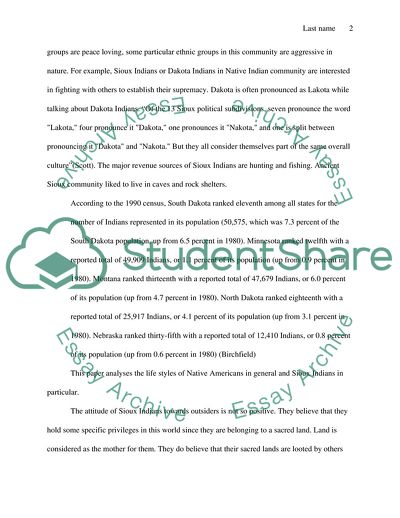Cite this document
(Ethnography: Native Americans or American Indians Term Paper - 3, n.d.)
Ethnography: Native Americans or American Indians Term Paper - 3. https://studentshare.org/anthropology/1769720-ethnography
Ethnography: Native Americans or American Indians Term Paper - 3. https://studentshare.org/anthropology/1769720-ethnography
(Ethnography: Native Americans or American Indians Term Paper - 3)
Ethnography: Native Americans or American Indians Term Paper - 3. https://studentshare.org/anthropology/1769720-ethnography.
Ethnography: Native Americans or American Indians Term Paper - 3. https://studentshare.org/anthropology/1769720-ethnography.
“Ethnography: Native Americans or American Indians Term Paper - 3”. https://studentshare.org/anthropology/1769720-ethnography.


